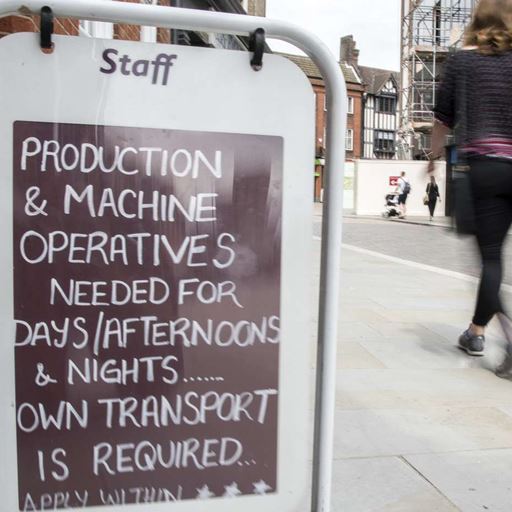The Low Pay Commission has published a new report by Dr Silvia Avram at the Institute for Social and Economic Research and Professor Susan Harkness on the impact of the minimum wage. The study looks at the wage progression of minimum wage job holders between 2009 and 2016 to see whether the substantial increases in the minimum wage during this period affected rates of progression, and at what sort of jobs and what sort of people were moving onto better paid work after a spell working on the minimum wage.
Seven per cent of UK workers were on minimum wage in 2017 so this research will be important to policy makers looking to understand how and when people move onto better paid work.
Key findings
- around half of minimum wage workers succeed in finding better paid employment within a year
- of these, four fifths remain in low paid employment (employment paying less than two thirds of the median hourly rate)
- there is no indication that chances to progress have been affected by the recent increases in the minimum wage
- the chance of moving onto better paid work varies between people and jobs. More educated individuals, those working in the public sector or in large firms are more likely to transition to ‘high’ pay jobs. Women, individuals with a history of unemployment, part-time workers, and workers in accommodation and food services and food, beverages and textile manufacturing have lower chances of moving to ‘high’ paid employment.
Read the full news article on the Institute for Social and Economic Research website.

.jpg?mh=500&mw=500&hash=6568B6C9CCF5290A596BEF6678B6AD0E)




